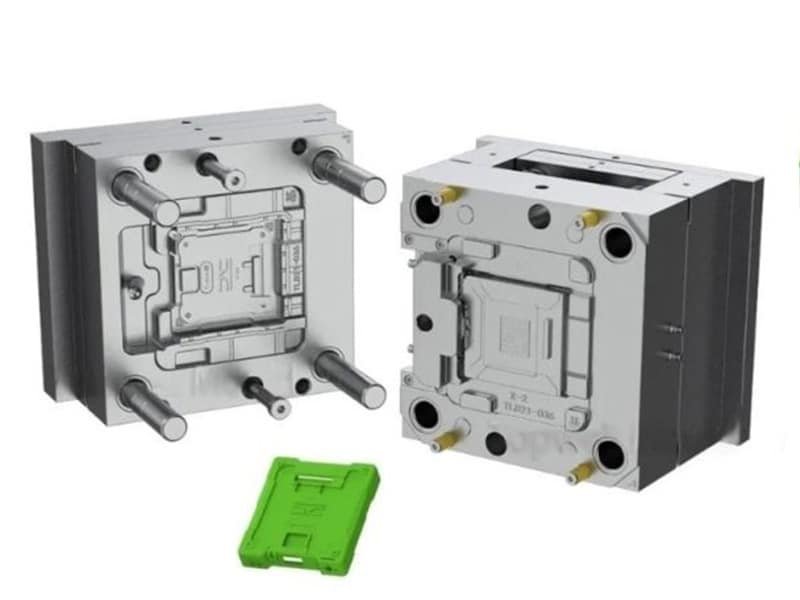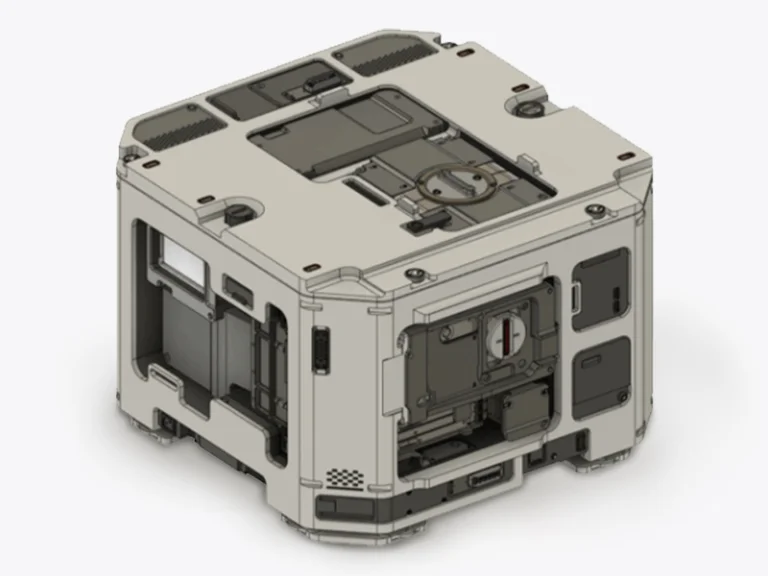Carbon fiber materials are used in industries that require lightweight and high-performance components. These materials provide strength while reducing weight in products such as aircraft parts and automotive structures. Carbon fiber molding includes various techniques; carbon fiber compression moulding is one effective manufacturing method to shape these materials into functional parts. In this article, the focus is on carbon fiber compression molding, including its definition, process, advantages, applications, and future trends.
What is Carbon Fiber Compression Molding?
Carbon fiber compression molding is a manufacturing technique where carbon fiber reinforcements and resin are placed in a closed mold. Heat and pressure are applied to cure the resin and consolidate the fibers into a solid part. The process typically uses prepreg materials, which are carbon fibers pre-impregnated with resin, or dry fibers combined with resin during molding. This results in parts that have high strength-to-weight ratios and good surface finishes.
Comparison with Carbon Fiber Injection Molding
Carbon fiber injection molding differs from carbon fiber compression molding in several ways. In injection molding, resin mixed with short carbon fibers is injected into a mold under pressure. This method is often used for smaller parts and allows for faster cycle times in some cases, but it may result in lower fiber alignment and strength compared to compression molding. In contrast, carbon fiber compression molding uses continuous or woven fibers, preserving structural integrity and providing superior mechanical performance. This makes compression molding especially suitable for larger, highly stressed components.
Carbon Fiber Compression Moulding Process
The process for creating components through carbon fiber compression molding involves several steps. T The following outlines the typical workflow.
- Prepare the Mold: Inspect the mold for undercuts or imperfections that could affect part release. The mold is cleaned and coated with a release agent to prevent the part from sticking. Molds are often made from steel or composite materials.
- Material Placement: Carbon fiber prepregs or dry fibers are cut to size and layered into the mold. Resin is added if not already in the prepreg. The amount of material is calculated based on the part volume and desired fiber volume fraction, typically around 60%.
- Mold Closing and Pressing: The mold is closed in a hydraulic press. Pressure is applied depending on the material. Heat is introduced, with temperatures between 120°C and 180°C, to activate the resin cure. This phase lasts several minutes to allow for resin flow and fiber consolidation.
- Cooling and Demolding: After curing, the mold is cooled if necessary, and the part is removed. Excess material is trimmed.
- Finishing: The part undergoes inspection, sanding, or additional treatments like painting.
Main Advantages of Carbon Fiber Compression Molding
Carbon fiber compression molding offers several benefits for manufacturing.
Great Strength and Weight Reduction: It produces parts with high strength and low weight. The process aligns fibers effectively, resulting in components that can replace metal parts while reducing overall mass by up to 40%.
Efficient Production and Cost Savings: Compression molding enables faster cycle times than traditional layup or autoclave curing methods. Automated processes reduce labor costs and improve repeatability.
Consistent Quality: Parts have consistent quality. The controlled environment of heat and pressure reduces defects like voids or delamination, leading to reliable performance in end-use applications.
Applications of Carbon Fiber Compression Molding
Carbon fiber compression molding is applied in various fields, including aerospace, sporting goods, and electronics. In aerospace, it is used for panels and brackets that require stiffness without added weight. Sporting goods like bicycle frames benefit from the process due to their ability to create lightweight structures. High-performance and electric vehicles especially benefit from these materials. Lightweight carbon fiber panels, structural components, and interior parts manufactured through compression molding contribute to reducing vehicle weight, which not only improves acceleration and handling but also helps extend driving ranges by cutting overall weight.
Development Trends in Carbon Fiber Compression Molding
Carbon fiber compression moulding continues to evolve with advancements in automation and materials. Sensors for real-time monitoring of temperature and pressure are becoming standard, reducing defects and improving efficiency. New resins with faster cure times shorten production cycles. Integration of 3D printing for molds lowers costs for small runs. Sustainable practices, such as using recycled carbon fibers, are gaining traction.
Select Jiangzhi as Your Carbon Fiber Molding Supplier
For carbon fiber compression molding needs, Jiangzhi provides specialized services. The company has experience in designing and producing molds for various applications. Jiang Zhi uses equipment that ensures precise control over the process, resulting in parts that meet industry standards. Services include prototype development and full-scale production. Contact Jiang Zhi for consultations on carbon fiber molding projects.
FAQ
Keep the temperature steady and apply even pressure. This helps the resin cure properly and keeps the part strong and smooth.
Use molds that can handle high heat and pressure. Steel and aluminum are great choices because they stay stable and transfer heat well.
The main methods are compression molding, vacuum bagging, autoclave molding and RTM. Each one fits different product and production needs.




